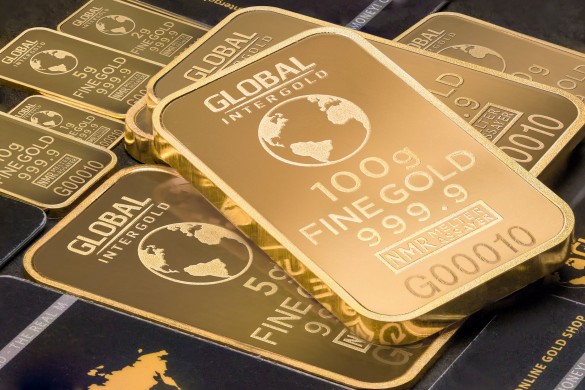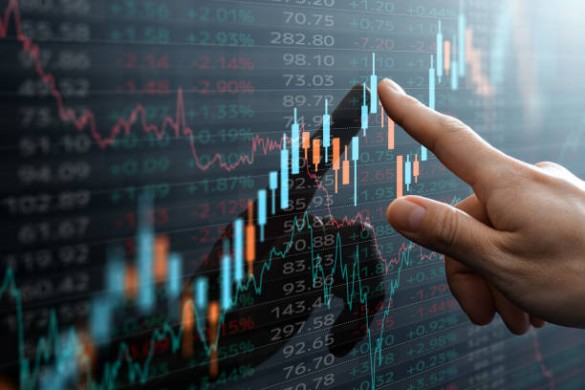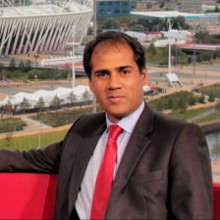Gold has been performing well for quite some time now. If you are looking to diversify your investment and planning to venture beyond equities and mutual funds, then commodities is the way to go.
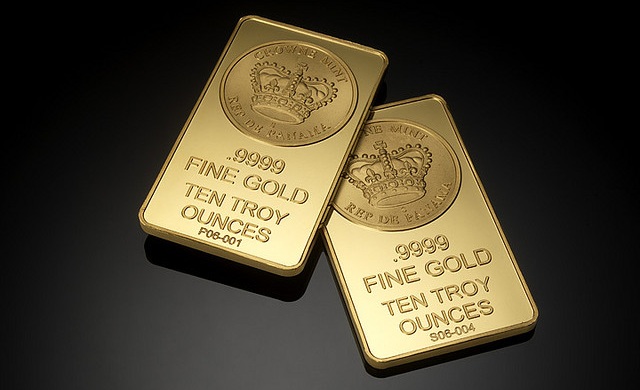
However, investing in commodities directly can be a daunting task as commodity trading requires specialized skill set to generate good results. Alternatively, you can opt to just buy a chunk of gold, though, in this case, you will have to arrange for the proper storage and security of the metal. Apart from this, you will also need to make substantial investment from the get go. But, do not let all these issues deter you from taking part in Gold action. Gold ETFs offer an exciting and rather simple way to participate in Gold boom. ETFs are now one of the biggest players in Gold market and have been attracting lots of attention. ETFs also save you the trouble of researching gold trends and instead, let you enjoy professional expertise in lieu of small fees. Following is the list of prominent Gold ETFs for your perusal:
SPDR Gold Trust (NYSEARCA:GLD): This is one of the biggest and most liquid Gold ETFs around. The fund has more than $72 billion worth of assets under its management. SPDR Gold Trust is issued by State Street and it tracks the spot price of gold bullions. The fund was established in 2004 and has provided 100 percent returns in past 5 years. Its past 3 years return stood at 50.75 percent. SPDR Gold Trust is fully backed by physical possession of gold bullions. It also has solid institutional ownership. The fund has traded in the range of $148.27 and $174.07 per unit in the past 52 weeks and it has 0.40 percent expense ratio. While the fund offered rather small return of 5.68 percent this year, however, it has solid and long track record.
iShares Gold Trust (NYSEARCA:IAU): Like SPDR Gold Trust, iShares Gold Trust also mimics the spot price of gold bullion and is backed by investment in solid, physical gold. The fund is being administered by iShares and it was established in 2005. In last 5 years, the fund has provided 101 percent return with standard deviation of 0.63 percent. With this fund, you also enjoy relatively low expense ratio of 0.25 percent, whereas its category average stands at 0.6 percent. iShares Gold Trust has AUM of $11.93 billion and it has traded in the range of $14.87 and $17.48 per unit in the past 52 weeks. It has provided 5.91 percent growth in the past 52 weeks. The fund also lets you take part in action with rather low initial investment as it is currently trading near $16 price point.
PowerShares DB Gold (NYSEARCA:DGL): This $481 million Gold fund tracks DBIQ Optimum Yield Gold Index Excess Return index, which consists of future contracts of gold. The fund is under the management of Invesco PowerShares. In comparison to the above two ETFs, this fund has not only provided comparatively lower returns but also has high expense ratio of 0.79 percent which is considerably more than the average expense ratio of 0.6 percent for the relevant category. The fund’s five years and three years return stands at 85.66 percent and 45.77 percent respectively. PowerShares DB Gold was established in 2007 and it is completely invested in Gold 100 Oz Futures. The fund is different from the above two funds as instead of investing in gold bullions, it holds stake in front month future contracts. You should also be aware of tax implications of this fund.
ProShares Ultra Gold (NYSEARCA:UGL): The fund attempts to replicate daily investment results of Gold Bullion Index. ProShares Ultra Gold is administered by ProShares and it was established in 2008. This leveraged fund invests its holdings in Gold Futures. Its 3 years returns stand at 90.06 percent and it grew 6.23 percent in 2012. ProShares Ultra Gold has comparatively higher expense ratio of 0.95 percent. However, it is still lower than category average of 0.95 percent. The fund holds stake in London Gold Pm Fixing Forward- UBS and London Gold PM Fixing Forward-Societe Generale. Since this fund is heavily leveraged, it is not recommended for conservative and risk-averse investors. Due to its leverage, the fund is likely to be more volatile.
As seen above, there are different metrics you need to keep in mind while selecting ETF to meet your investment goals.



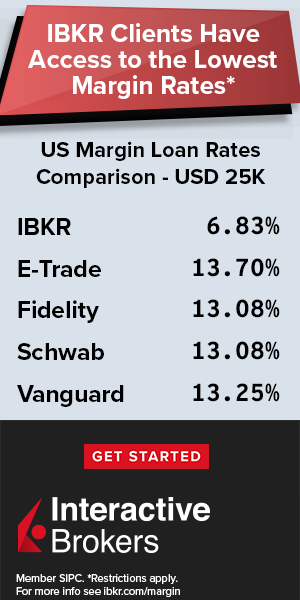
 Hot Features
Hot Features



